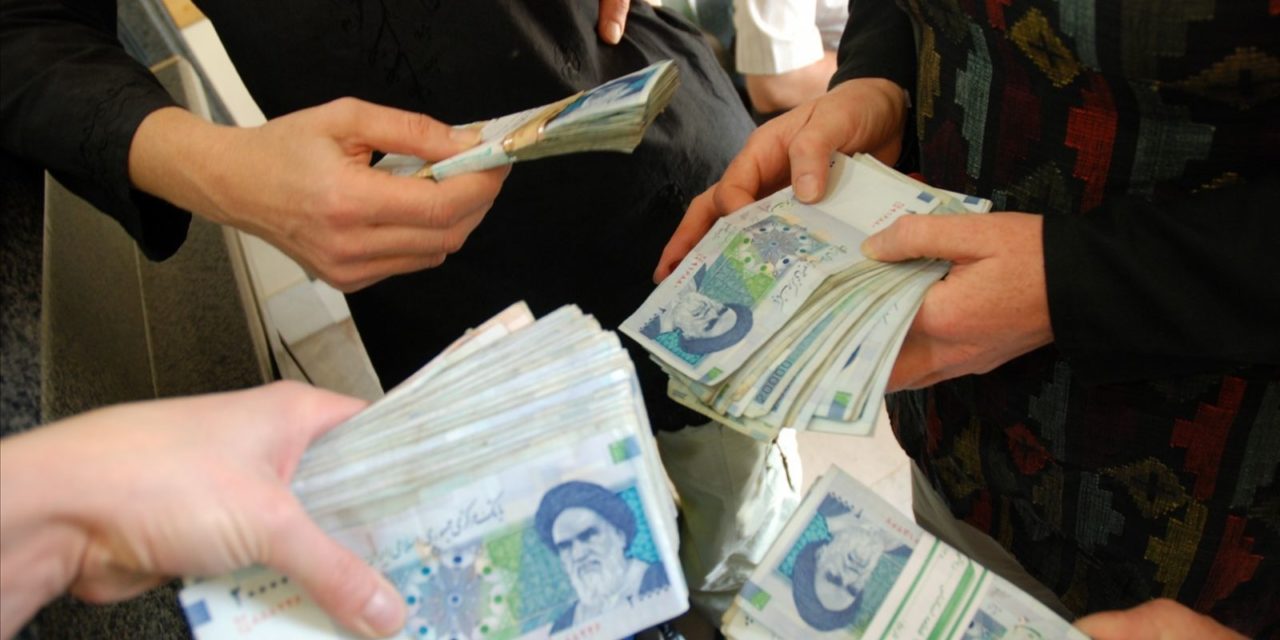Iran’s Central Bank has announced measures to try and halt the slide of the country’s currency to a historic low.
The bank has said it will allow an increase in interest rates on bank deposits, after rial sank to 48,400:1 vs. the US dollar this week.
“We will use all means at our disposal to get out of this situation and restore calm to the market,” central bank chief Valiollah Seif said.
The rial has lost about 30% of its value against the dollar since mid-September. Earlier this month, it passes the previous low of about 45,000:1 in 2012.
In September, the bank fed the slide when it said it would limit interest rates, and there has been further pressure because of the Trump Administration’s threat to withdraw from the July 2015 nuclear deal or to impose further, wide-ranging sanctions.
The bank said on Thursday that it will now authorize interest rates of up to 20% on fixed one-year deposits, raising the limit from 15%. It also offered the sale of gold coins at reduced attractive prices.
Earlier in the week, authorities cracked down on exchange traders in Tehran, closing 10 offices and arresting about 90 people, to curb speculation. They closed the bank accounts of 775 people with a total of capital movements of 200 trillion rials (more than $4 billion).
The rial is trading on Saturday at about 47,200 to the dollar.
The sharp decline in the currency has fed inflation, adding to worries over a sluggish Iranian recovery after the nuclear deal.
The Rouhani Government had brought down inflation to single digits, following a rate of more than 40% at the end of the Ahmadinejad administration in 2013, but price rises are on the verge of returning above 10% a year.
Iranian Vice President Mohammad Baqer Nobakht said on Thursday, “Our main problem is the very heavy climate created by the United States for European banks, which don’t dare work with us.”
Iran has been trying to deal with US sanctions by including barter arrangements in trade with countries like India and China, but it has been hindered by the inability to re-establish trade and investment links with Europe.

